By Blaine Taylor
It is, perhaps, not as well known as other prewar and wartime gatherings of the World War II era, but the quietly held meeting of top Nazi bureaucrats at a secluded villa on Lake Wannsee in the Berlin suburbs on January 20, 1942, was just as much a landmark event as others with higher profiles. Indeed, perhaps it was even more so, as it institutionalized the event that became known as the Holocaust, the Nazi extermination of six million European Jews during 1942-1945. In fact, the Wannsee Conference was, in effect, the Holocaust in executive session.
In declaring war on Poland in the German Reichstag (Parliament) on September 1, 1939, Adolf Hitler had asserted once more that the Jews would not live to survive the war’s outcome. The Wannsee Conference was called six weeks after America’s entry into the war to convince Nazi Germany’s bureaucracy that there was no turning back, that for all of them it was either victory or the hangman’s noose. The meeting was officially hosted by the SD (Security Service) of the SS.
Ironically, because of the notoriety of the 1960 Israeli kidnapping of SS Lt. Col. Adolf Eichmann, the man who ordered the minutes kept, his place in history has almost come to overshadow that of his boss and the Holocaust’s chief executive officer, SS General Reinhard Heydrich.
Historians continue to debate the possibility of Heydrich’s own partial Jewishness, but it is certain that he was entrusted by Reichsführer SS Heinrich Himmler with the planning and implementation of what the Nazis euphemistically called the “Final Solution of the Jewish problem.” It was so-termed because the other, prior partial “solutions” had included confiscation of property, forced emigration, imprisonment in concentration camps, mass shootings, gassing in trucks, and being burned alive in buildings.
Now, Eichmann had discovered a new, more efficient method of disposing of the unwanted 11 million Jews still in Europe: gassing them in fake “showers” using a common insecticide called Zyklon (Cyclone) B delivered through the shower heads in the ceiling. In this way, millions would be killed, and Himmler’s SS men would be spared the mental anguish and ammunition of having to shoot them. The bodies would be cremated in ovens.
Of course, none of this unsavory business would be openly discussed at the Wannsee Conference, but the SS nevertheless achieved its goals under Heydrich’s able chairmanship in the crowded meeting hall. Heydrich had sought a free hand to do what he liked, without interference from the “responsible” agencies of the traditionally conservative government that the radical Nazi Party had taken over but not fully cowed in 1933.
“Was the Descent into Genocide the Result of a Long Established Plan?”
However, far more importantly, Heydrich achieved “shared complicity” between his actual killers and the revered official agencies of the Reich according to the excellent new book by Mark Roseman, The Wannsee Conference and the Final Solution: A Reconsideration. Thus, the number-two man in the SS wanted and got “shared knowledge and responsibility” by the end of the 11/2-hour meeting that snowy January 20, 1942.
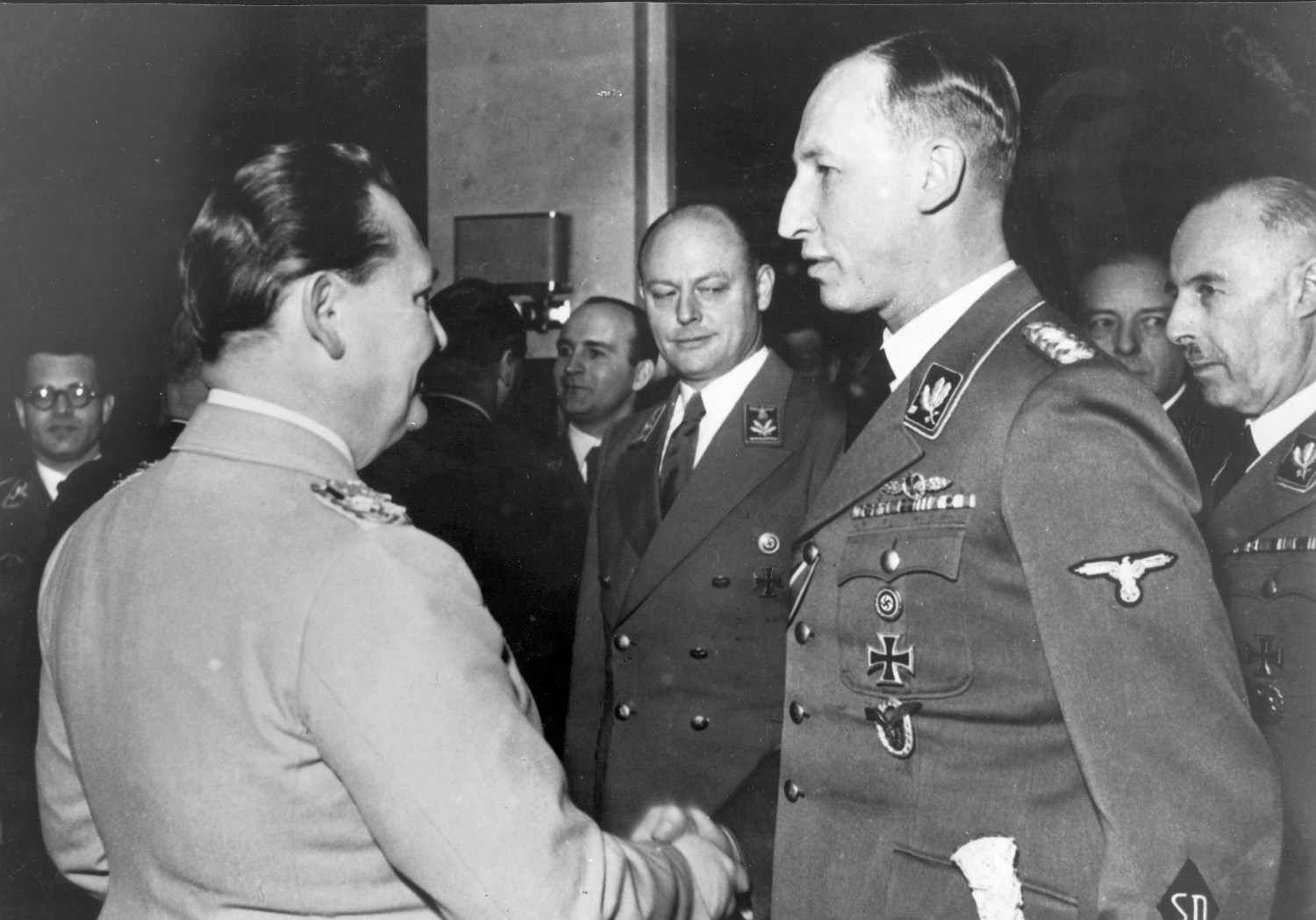
Although Roseman asserts that “the Holocaust was the best documented murder in history,” he also admits, “We do not know why it took place,” and asks, “Was the descent into genocide the result of a long established plan?”
Whatever the process, when Heydrich issued his invitations to the meeting in November 1941, he added the following statement: “On July 31, 1941, the Reich Marshal of the Greater German Reich [Hermann Göring] commissioned me, with the assistance of the other central authorities, to make all necessary organizational and technical preparations for a comprehensive solution of the Jewish question and to present him with a comprehensive proposal at an early opportunity. A photocopy of his instructions is attached to this statement.”
Heydrich himself was assassinated by Czech parachutists six months after the Wannsee Conference, and Göring’s July 31, 1941, instructions to him, if no other document, were enough to hang the Reich Marshal at Nuremberg’s International Military Tribunal in 1945-1946.
Originally, the meeting was to have been held on December 9, 1941, at Interpol Headquarters, since Heydrich was Interpol chief at that time, but the Japanese attack on Pearl Harbor and the stalling of the German armies before Moscow caused it to be postponed. Roseman theorizes that Hitler had been holding European Jewry hostage to keep the United States out of the war, but after American entrance into at least its Pacific phase was assured, the Führer honored his pact with Japan and declared war on the United States in the Reichstag on December 11, 1941.
The meeting was then rescheduled for January 20, 1942, at an SD guest house on the lake after Hitler had personally taken over command of the German Army on the Eastern Front and stabilized events there. On December 12, 1941, Dr. Josef Goebbels had written in his diary, “The world war is now upon us,” and with it the opportunity to eliminate the Jews by killing them all within the “German sphere of influence in Europe.”
Since the end of the victorious Polish campaign in September 1939, two million Polish Jews had fallen into German hands. At Wannsee, Heydrich bemoaned the fact that the Third Reich simply could not feed them all, while the representative of Hans Frank’s Nazi Government-General pleaded that Occupied Poland not be used as a “dumping ground” for more European Jews.
Heydrich explained that the problem was to be solved by shipping them all farther “to the east”—to death camps in Poland—where they would be “resettled.” As pointed out by author Roseman, the German Army, too, had already tacitly cooperated with the Führer’s plans of extermination, since it saw the masses of captured Jews as “useless eaters.”
By the summer of 1941, the period of mass shootings by Heydrich’s killing squads in the Baltic states and the Soviet Union was fully under way. The overall mass murder in the east intensified in earnest after September 1941.
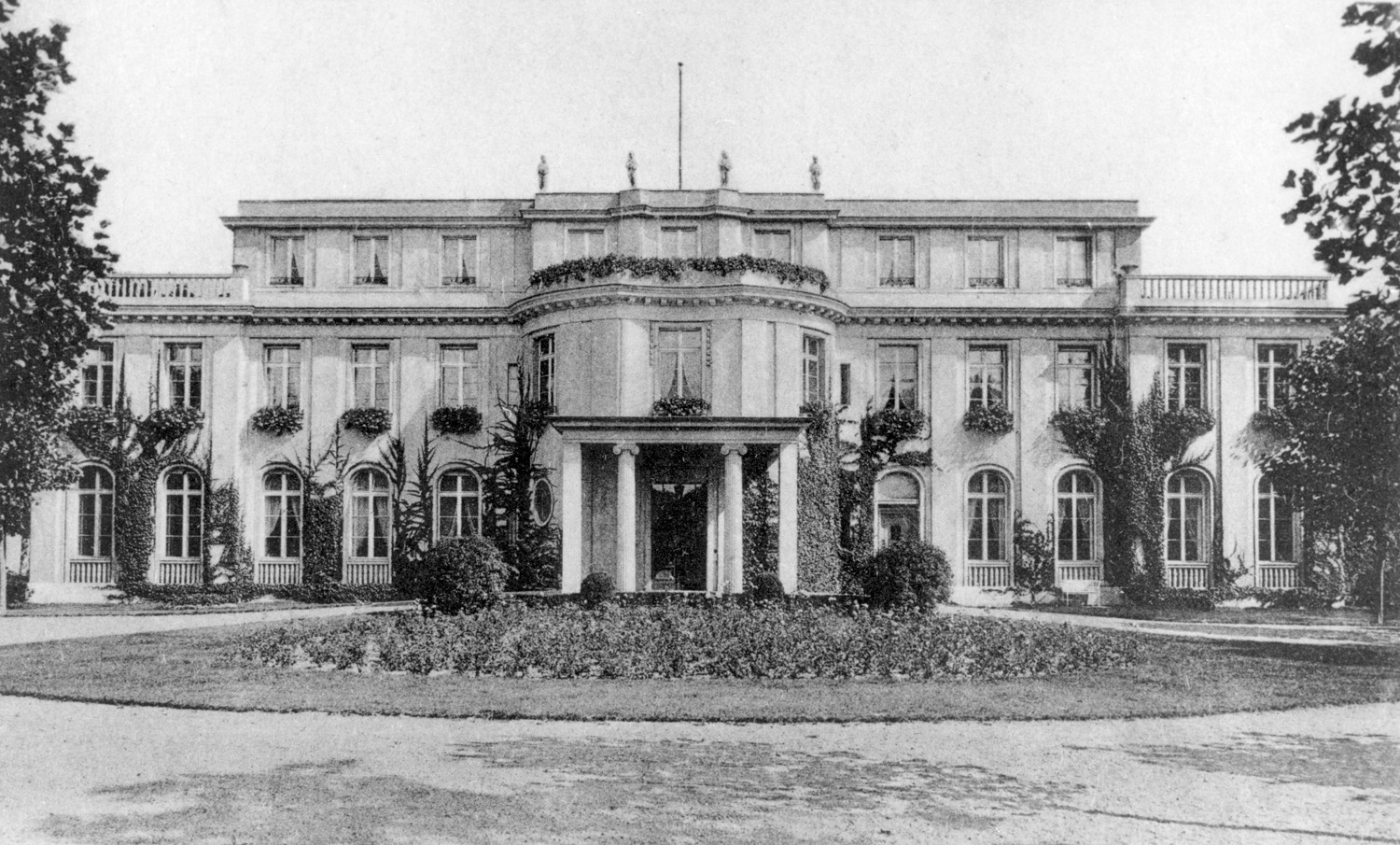
As for the disputed role of Reich Chancellor Hitler in all of the this, Roseman contends, “He asked for regular reports on Einsatzgruppen [Operations Units] activities and a shooting may even have been filmed for him.”
Yet, again according to Roseman, “Overall, the evidence does not support the idea that there was one single clear-cut order to murder all Jews,” but at the center of the effort nonetheless in progress was the Hitler-Göring-Himmler-Heydrich-Eichmann chain of command from top to bottom as well as the bureaucracy assembled at the Wannsee Conference.
Who were these men and what departments did they represent ? They were: Dr. Meyer and Dr. Leibbrandt of the Reich Ministry for the Occupied Eastern Territories (Russia), to be ruled by Alfred Rosenberg; Dr. Stuckart of the Reich Ministry of the Interior, presided over by Dr. Wilhelm Frick (replaced in August 1943 by RFSS Himmler); State Secretary Neumann of the Four-Year Plan, which Göring headed; Dr. Roland Friesler of the Reich Ministry of Justice, who would later preside over the trials of the July 20, 1944, plotters who tried to assassinate the Führer; Dr. Buhler from the Office of Frank’s General-Government; Dr. Hans Luther, representing Foreign Minister Joachim von Ribbentrop; SS Senior Col. Klopfer and Ministerial Director Dr. Kritzinger of the Reich Chancellery, headed by Dr. Hans Heinrich Lammers; SS Lt. Gen. Hofmann of the Main Office for Race and Settlement; SS Lt. Gen. Heinrich “Gestapo” Muller and Lt. Col. Eichmann of the Reich Main Security Office (RSHA); SS Senior Col. Dr. Schonfarth, Chief of the Security Police and SD in the General-Government; and SS Major Dr. Lange, commander of the Security Police and the SD for the General District of Latvia, and deputy chief as well for the Reich Commissariat of Ostland (East Land).
Of the attendees, it is interesting to note that two-thirds had university degrees and over half were lawyers, hardly ignorant SA Stormtrooper street-fighter types.
Hitler Finally Decided to Murder all European Jews, and it was at the Wannsee Conference That Heydrich was to Announce This Intention.
Hitler had stopped meeting with his official Reich cabinet as a body in the mid-1930s, the better to prevent debate over his policies and even a vote to oust him, as would occur with Benito Mussolini in Italy on July 25, 1943. He also forbade the cabinet ministers to meet in executive session without him—they were responsible to and reported directly to him as Führer and Reich Chancellor. The daily, official business of government had to go on in some way, however, and this is where the number-two men in each of the various Reich ministries played a very important role.
Roseman wrote, “Meetings between the State Secretaries were in effect a substitute for Cabinet government.” In early December 1941, he further asserts, Hitler finally decided to murder all European Jews, and it was at the Wannsee Conference that Heydrich was to announce this intention, as he did.
When put on trial at Nuremberg, the surviving State Secretaries denied that murder had been discussed, but in his own trial at Jerusalem in 1961, Eichmann asserted that it had been. He also added, “According to the practice until then, all the offices were always trying, for departmental reasons, to delay things and make reservations—in other words, there was always a whole series of individual discussions in the long drawn-out deliberations held until then. Those were dragging on, and there was never a clear-cut solution achieved right away. This was the reason why Heydrich convened this Wannsee Conference, in order, as it were, to press through, on the highest level, his will and the will of the RFSS and Chief of the German Police [Himmler].”
Some had their own hidden agendas. For instance, one of Rosenberg’s top men concluded as early as January 1942 that Nazi Germany could not win the war and thus wanted the full blame for the killing of the Jews shifted entirely to the bloody hands of the SS as, indeed, happened after the war.
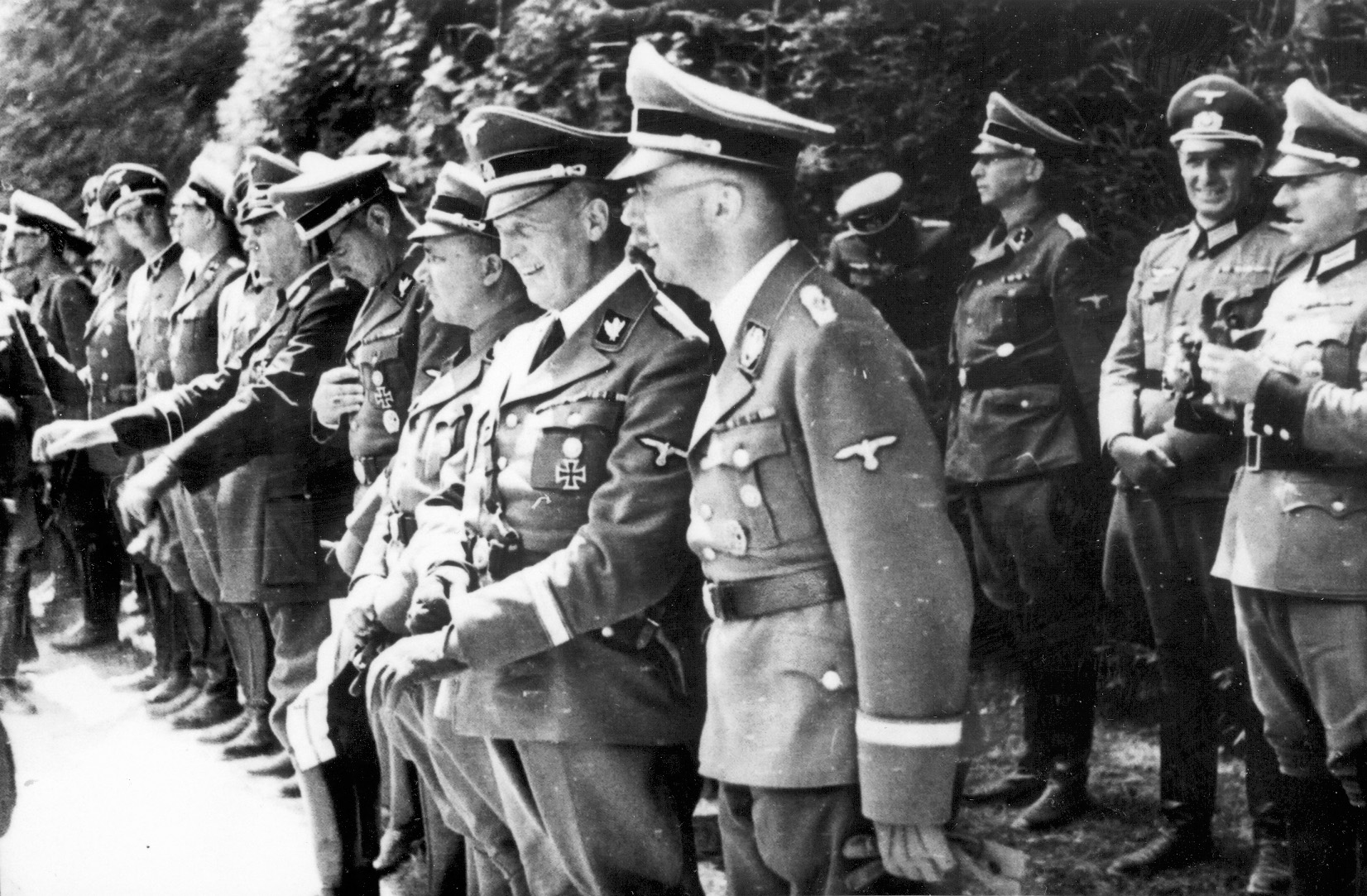
At Jerusalem, Eichmann noted that this is what occurred, and that Reinhard Heydrich was exceedingly pleased over it. Roseman states, “The Conference of Wannsee was very important, for here Heydrich received his authority as the person in charge of the solution, or the final solution, of the Jewish question. From this point he regarded himself as having the authority in all these matters.”
On April 17, 1942, Himmler ordered the building of the first death camp at Treblinka. Heydrich died in June. On July 14, the RFSS met with Hitler. Himmler launched killings by gas at Auschwitz in Upper Silesia four days later. Eichmann noted in 1961, “Each individual wave [of shipments of Jews eastward] had to be ordered afresh … the entire matter of trains had to be dealt with.”
Notes Roseman, “In September and October 1941, transports were dispatched without a clear idea of what would happen to them, and to areas where there was no clear policy of what was to happen…. Once transports resumed in March 1942, all such tentativeness was gone. No one was sent to a region where their ultimate fate was uncertain….”
Roseman believes “Wannsee was a transition from murderous deportations to a clear program of murder…. Wannsee itself was not the moment of decision. Nobody at Wannsee—not even Heydrich himself—was senior enough to decide on such matters…. Rather it was a signpost indicating that genocide had become official policy…. The State Secretaries had really cleared the way for genocide.”
The war ended on May 8, 1945. In March 1947, during research for the International Military Tribunal at Nuremberg, American staffers discovered Copy No. 16 out of the original 30 that had been made of what later became known as the Wannsee Protocol, the minutes of the meeting. Eichmann had given strict orders that they be destroyed, yet Dr. Luther’s copy survived.
Two excellent films exist on the Conference, alike in many respects, but also different in others.
The Wannsee Conference (1987), a film by Heinz Schirk and Infilm Munich, is in German with English subtitles and stars Freidrich Beckhaus as Heydrich. In this version, an amorous Heydrich tries to pick up an attractive female stenographer and succeeds, an SS officer is seen dozing off before being playfully awakened by his peers, there is a noisy dog barking in the yard outside, and a bashful Eichmann basks in his chief’s overdue recognition of his work.
The second is the gripping 2001 HBO version, Conspiracy, starring the gifted Shakespearean actor Kenneth Brannagh as a cultured, sly, cunning, and soft-spoken Heydrich and Stanley Tucci as the more ruthless, arrogant, and officious Adolf Eichmann.
Taken either singly or together, they are an extremely interesting and educational viewing experience.
Towson, Maryland, freelancer Blaine Taylor is the author of a trio of books on World War II, among them the 1993 Guarding the Führer: Sepp Dietrich, Johann Rattenhuber and the Protection of Adolf Hitler, about his elite SS Lifeguard unit.
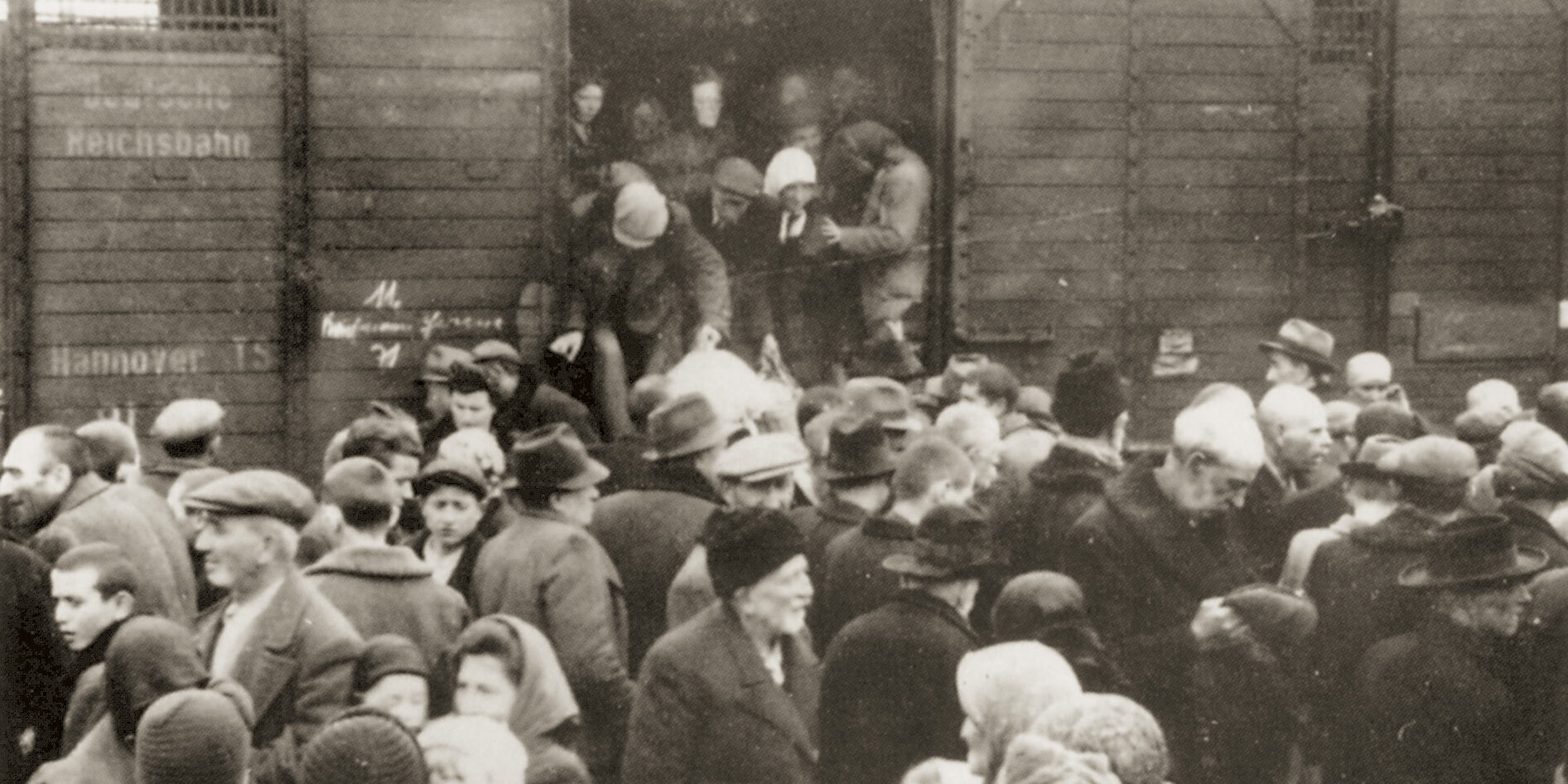
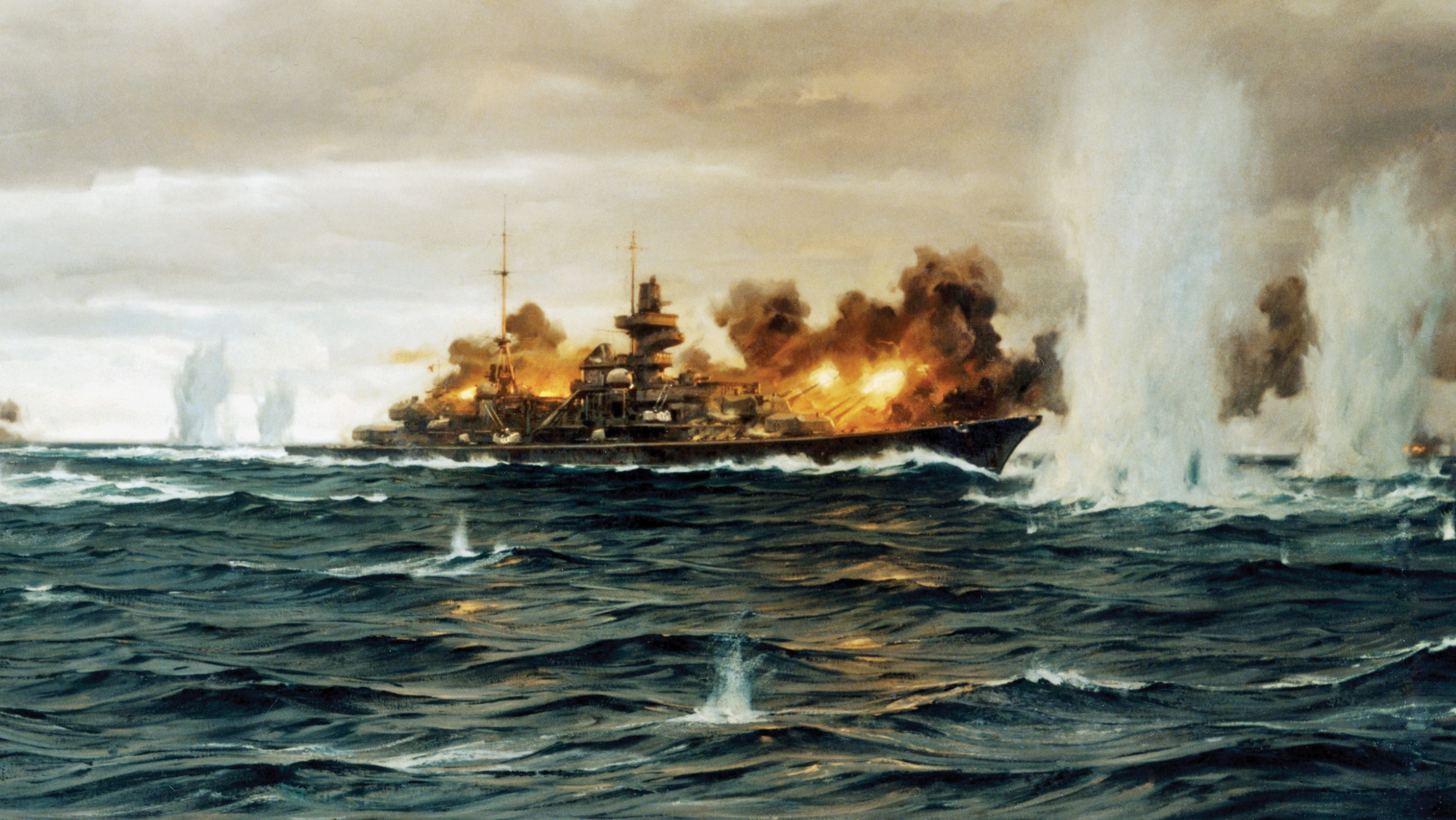
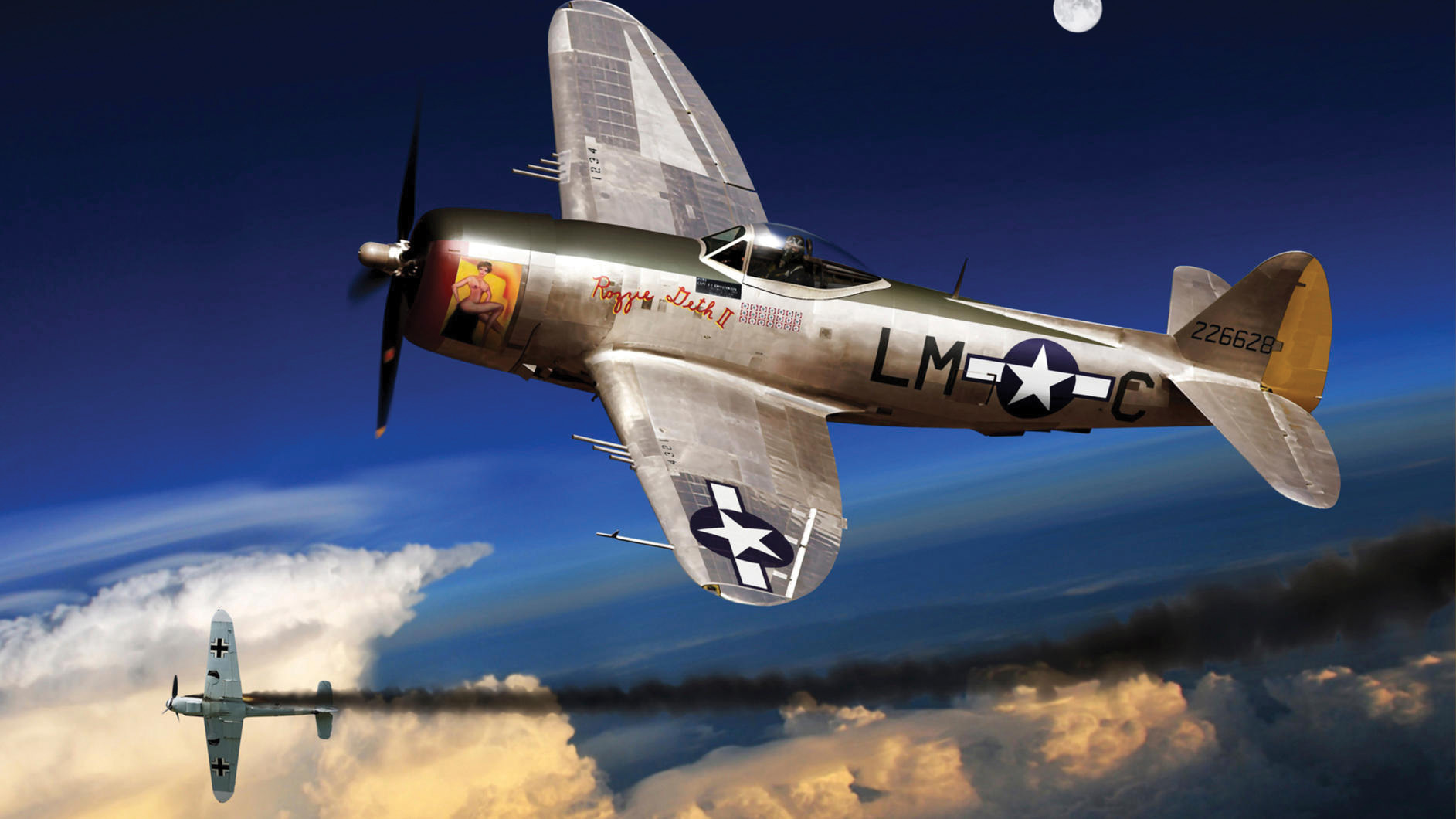
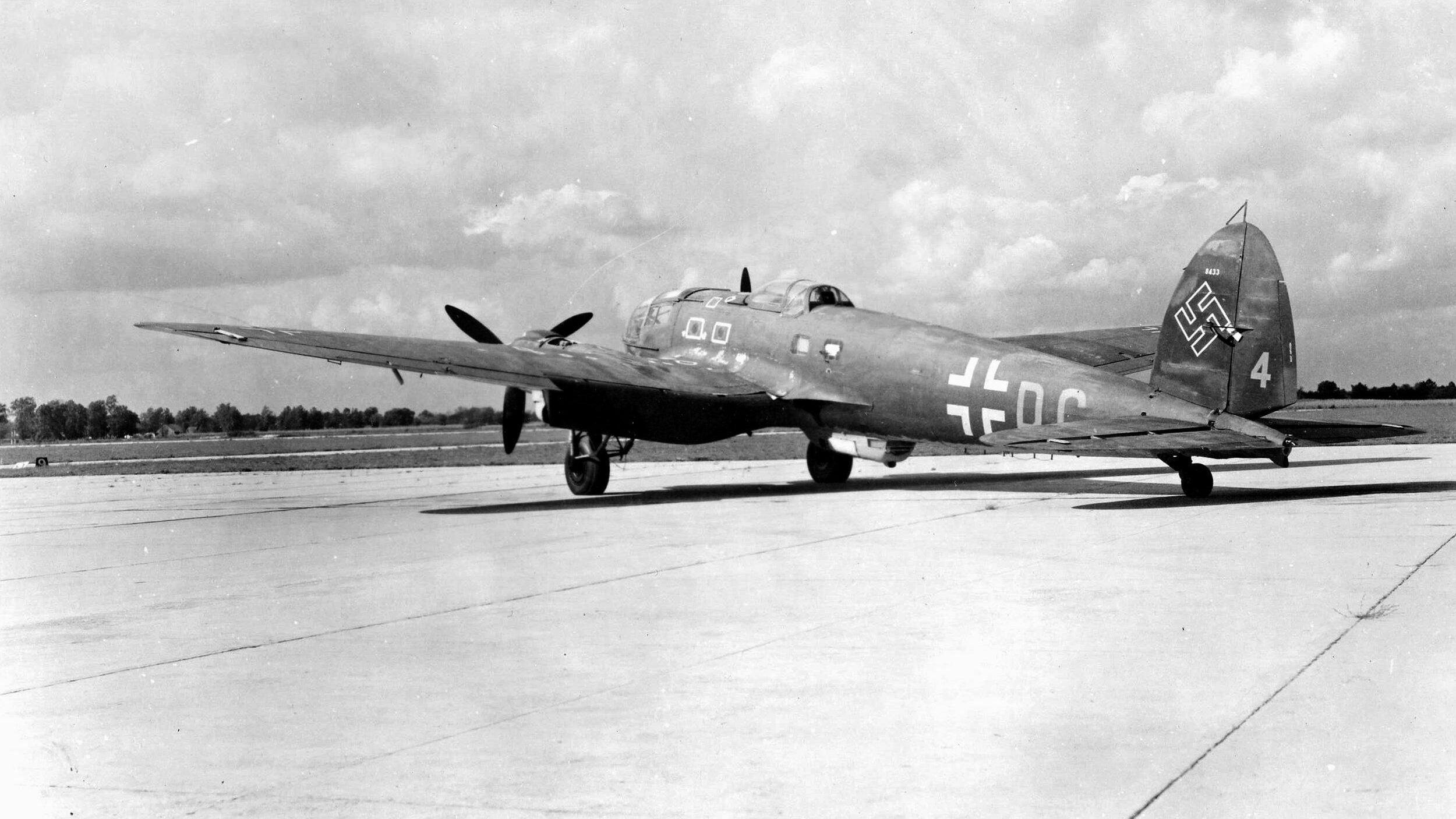
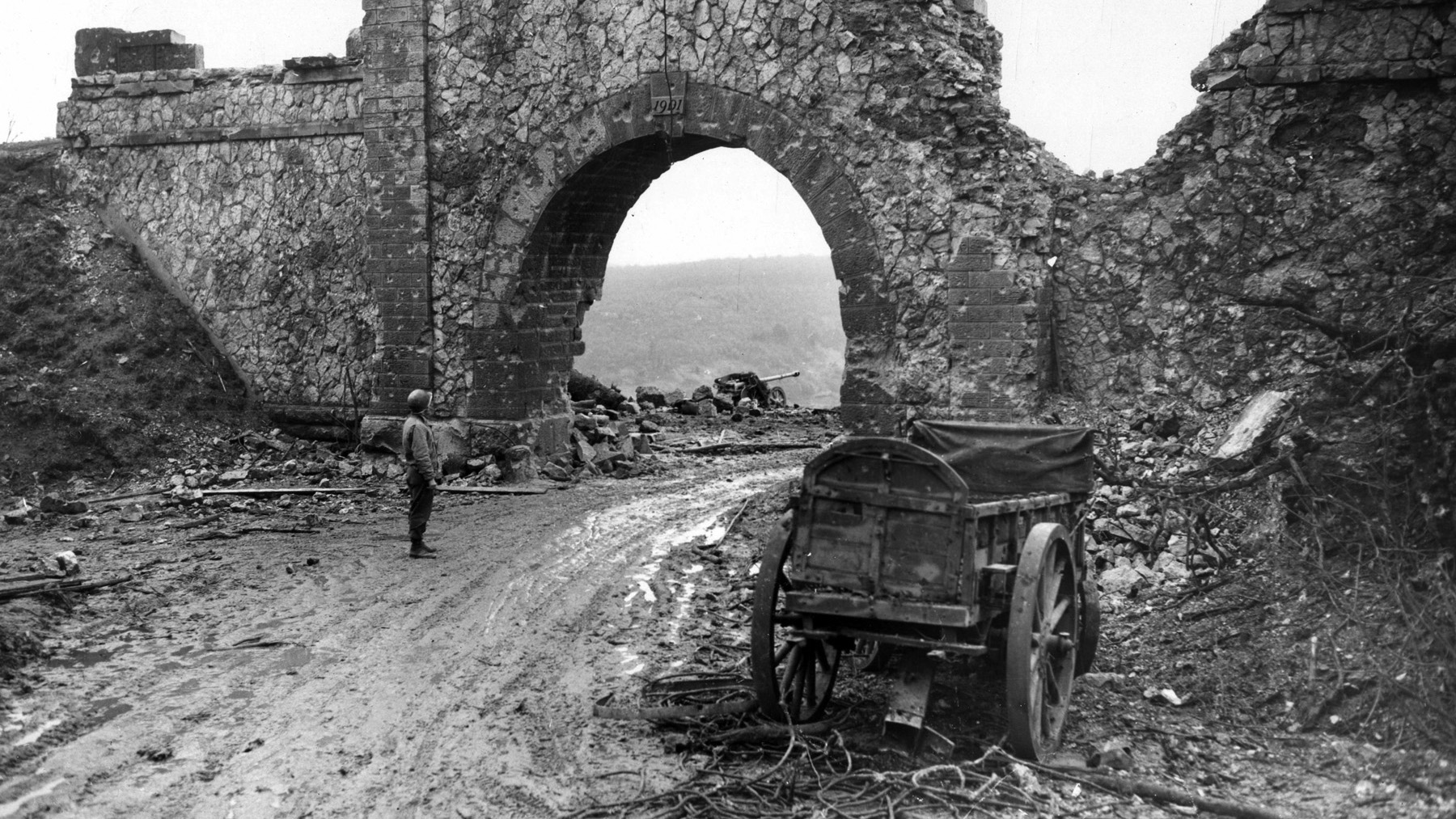
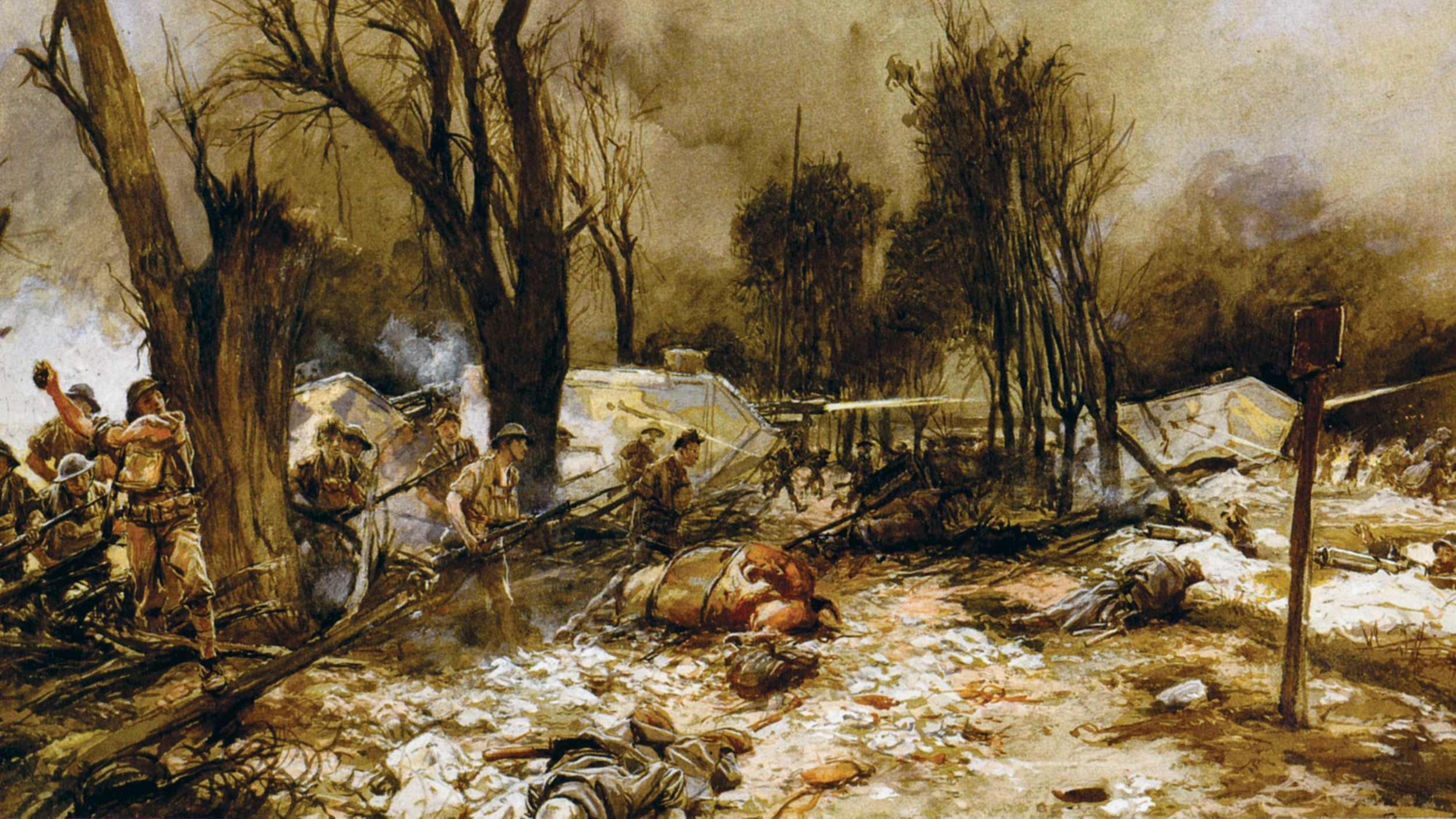
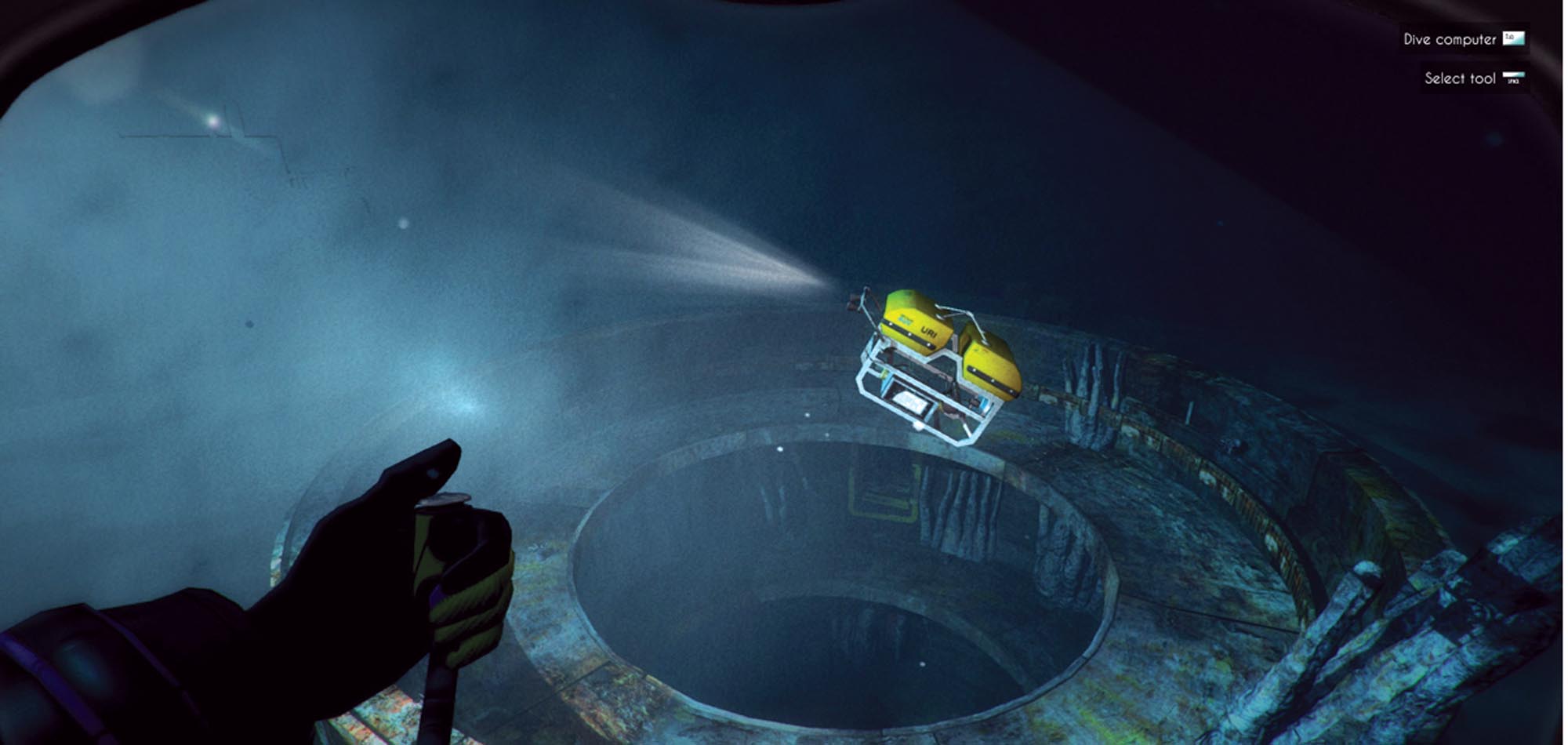
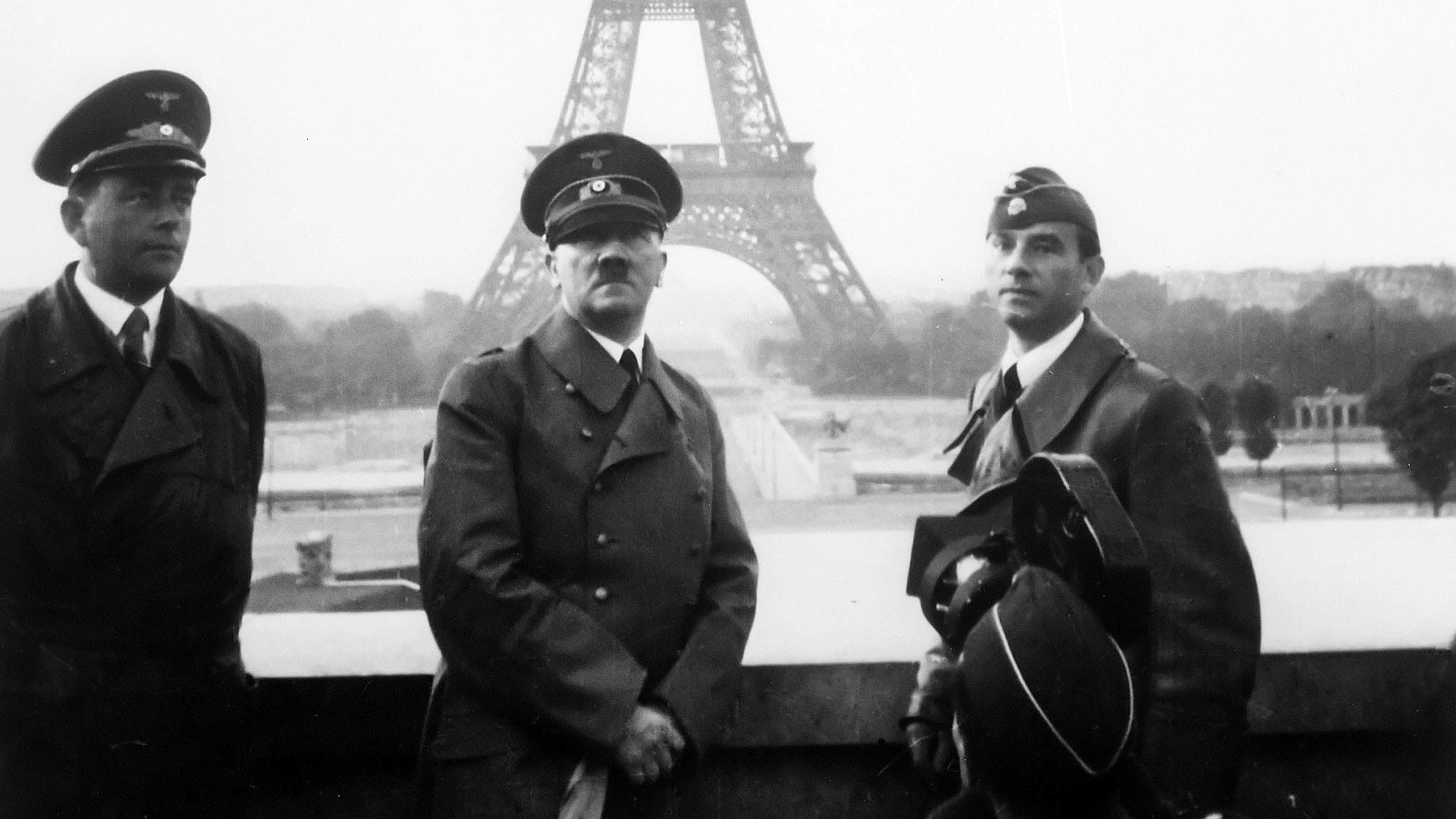
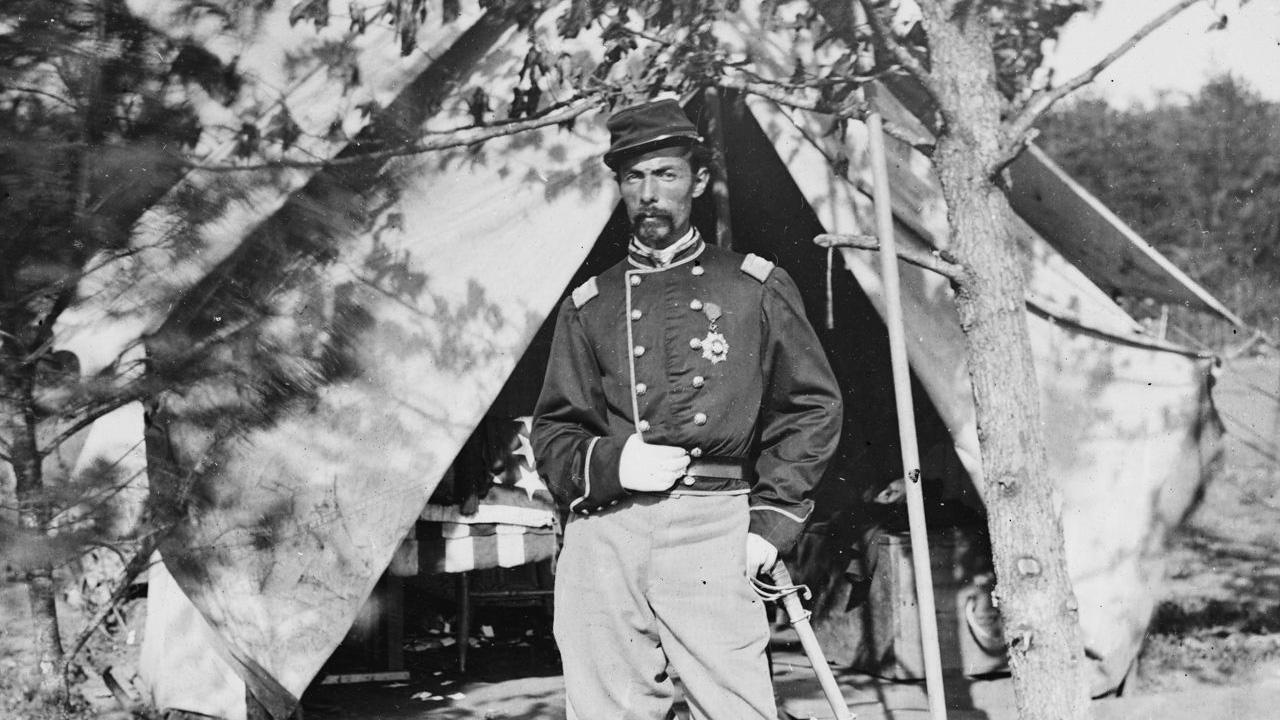
Join The Conversation
Comments
View All Comments